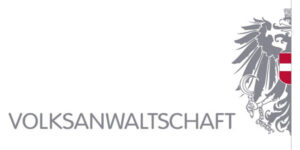Review existing forms of participation of children in all educational, care and work/training institutions
Proponent:
Reviewing and improving the participation of children in educational, care and vocational training institutions is a central concern of the promotion of children’s rights and participation in Austria. Various measures are taken to ensure the integration and co-determination of children in all relevant areas of life. In the education sector in particular, efforts are being made to expand the opportunities for children and young people to participate in decisions that affect them. This ranges from co-determination in schools to their influence on decisions in care facilities or labour and vocational training systems. In this context, quality standards for the participation of children and young people have been developed in Austria, as in other European countries. One example of this is the „National Action Plan for Children and Youth Participation“, which aims to strengthen participation in various areas of life. The inclusion of children in decision-making processes is seen as an integral part of everyday life, from schools to social institutions, and is intended to ensure that their rights and interests are heard. It is increasingly recognised that children and young people should not only have a say in political matters, but also in everyday areas in order to actively shape their living conditions. In this context, it is important that participation is understood not only as formal participation, but also as a dynamic process that helps children to develop their participation skills and actively exercise them. As part of the Government Plan 2025-2029, the Federal Government is launching a process to improve child and youth welfare, harmonise standards and provide funding for cross-sectoral projects (see Government Plan 2025-2029: https://www.bundeskanzleramt.gv.at/bundeskanzleramt/die-bundesregierung/regierungsdokumente.html).


